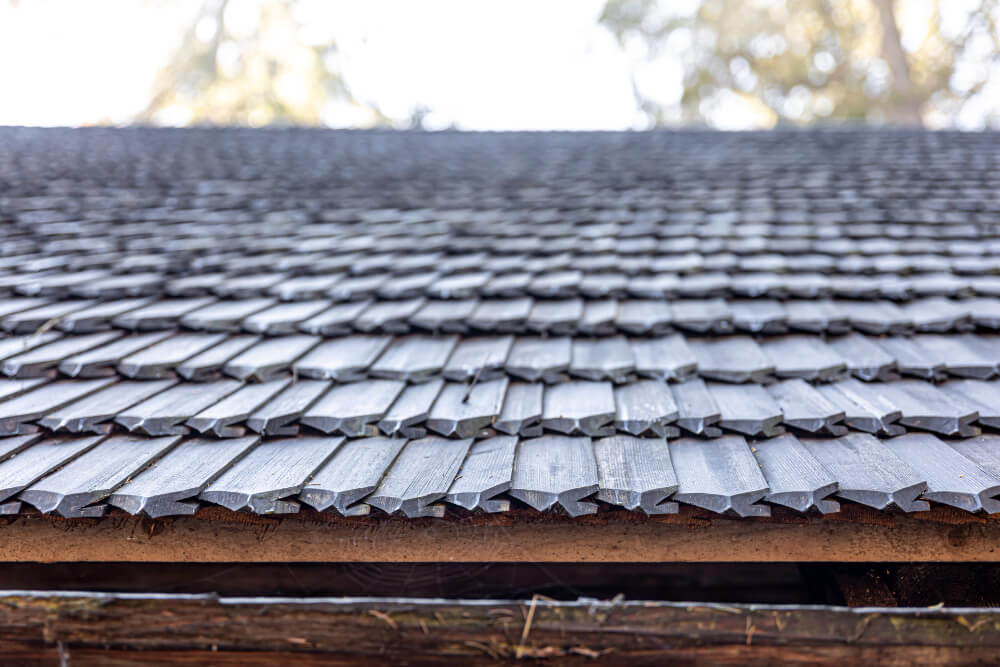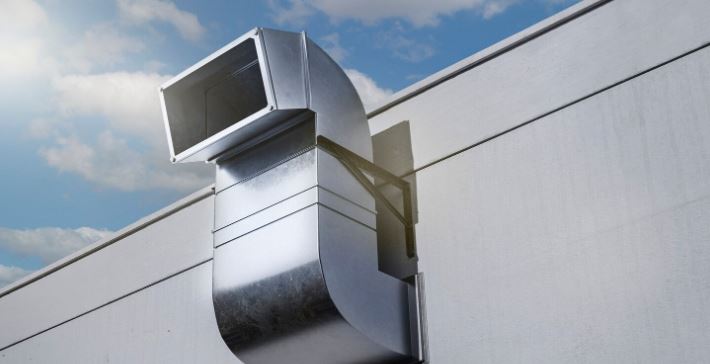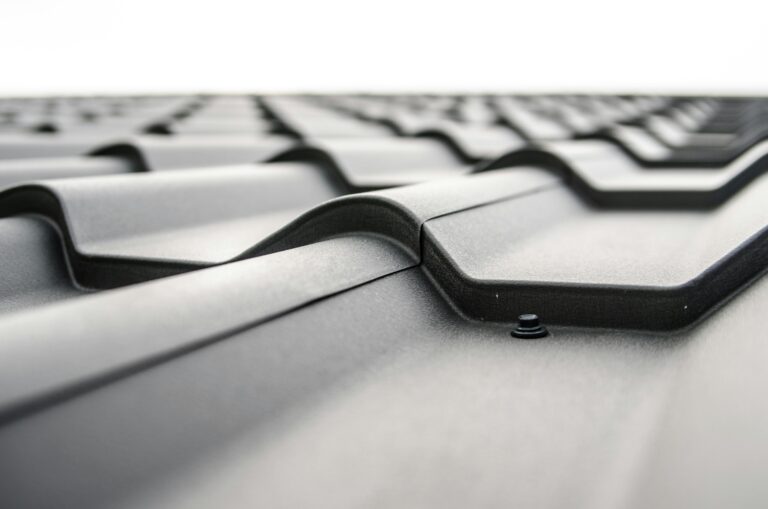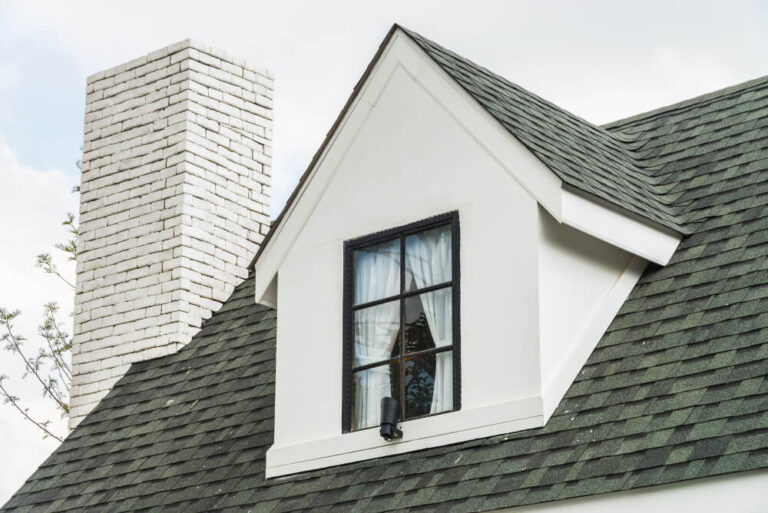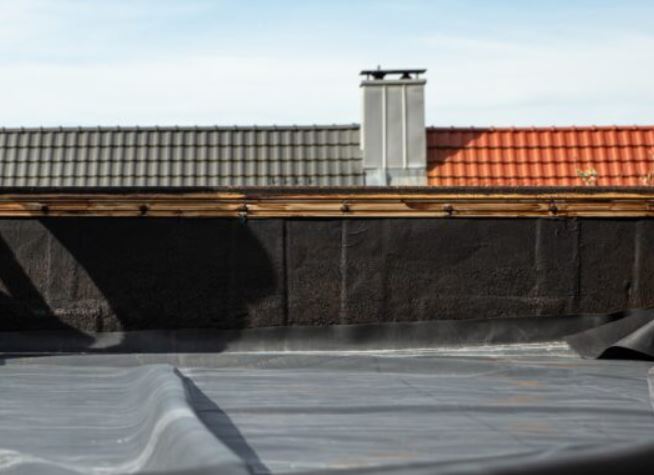Every homeowner, property manager, and real estate investor faces the same question at some point:
How long does a roof last?
The answer isn’t simple. It depends on the material, installation, climate, maintenance, and even the color of your shingles. This guide covers every detail you need to know—no filler, just facts and actionable advice.
1. Roof Lifespan by Material: The Real Numbers
Material is the single biggest factor in roof longevity.
| Roofing Material | Average Lifespan (Years) | Max Lifespan (Years) | Notes |
|---|---|---|---|
| 3-Tab Asphalt Shingles | 12-20 | 25 | Most common, least durable, budget-friendly |
| Architectural Shingles | 18-30 | 40 | Thicker, better wind resistance |
| Premium Asphalt Shingles | 25-40 | 50 | Designer, impact-resistant |
| Wood Shingles | 15-25 | 30 | Needs regular maintenance |
| Wood Shakes | 20-35 | 40 | Thicker than shingles, more durable |
| Clay Tiles | 40-60 | 100 | Heavy, needs reinforced framing |
| Concrete Tiles | 35-50 | 75 | Durable, heavy, brittle |
| Slate | 50-100 | 150 | Highest longevity, expensive |
| Metal (Steel/Aluminum) | 30-50 | 70 | Lightweight, fire-resistant |
| Standing Seam Metal | 40-70 | 100 | Premium, low maintenance |
| Copper | 70-100 | 150 | Patinas, extremely durable |
| Synthetic (Rubber/Plastic) | 20-50 | 60 | Varies by brand, eco-friendly options |
| Flat Roof (EPDM) | 10-15 | 25 | Rubber membrane, common for low-slope roofs |
| Flat Roof (TPO/PVC) | 15-25 | 30 | Heat-welded seams, UV resistant |
| Built-Up (BUR) | 15-25 | 30 | Multiple layers, heavy |
| Modified Bitumen | 10-20 | 25 | Torch-down or self-adhered |
Key Takeaway: The more you invest upfront in quality materials, the longer your roof will last. But material alone doesn’t tell the whole story.
2. What Really Affects Roof Lifespan? Every Factor Explained
Installation Quality
- Most roof failures start with poor installation.
- Incorrect nailing, improper flashing, and shortcuts with underlayment all lead to early leaks and failures.
- Always use certified, experienced contractors. Ask for references and check their work.
Climate & Weather
- Sun/UV Exposure: UV rays break down asphalt and wood faster. Roofs in the southern U.S. or at high altitudes age more quickly.
- Hail: Hail can bruise, crack, or puncture shingles and metal. Even small hail can void warranties.
- Wind: High winds can lift shingles, especially if not nailed properly. Tornado and hurricane zones see more frequent replacements.
- Snow/Ice: Ice dams form when heat escapes the attic, melting snow that refreezes at the eaves. This causes leaks and rot.
- Humidity: High humidity promotes moss, algae, and rot, especially on wood and asphalt.
Roof Pitch & Design
- Steep Slope: Sheds water and debris faster, reducing wear.
- Low Slope/Flat: Water pools, increasing risk of leaks and requiring more frequent maintenance.
Ventilation & Insulation
- Poor ventilation traps heat and moisture, causing shingles to blister and wood to rot.
- Proper attic insulation prevents condensation, ice dams, and energy loss.
Maintenance
- Annual inspections catch small issues before they become big problems.
- Gutter cleaning prevents water backup and ice dams.
- Debris removal (leaves and branches) prevents moisture and rot.
- Immediate repairs prevent small issues from becoming major leaks.
Color & Orientation
- Dark roofs absorb more heat, age faster, especially in hot climates.
- South-facing slopes wear out faster in the northern hemisphere due to more sun exposure.
Local Wildlife
- Birds, squirrels, and raccoons can damage shingles, soffits, and vents.
- Insects like termites and carpenter ants can attack wood structures.
3. Signs Your Roof Is Nearing the End
- Curling, cracked, or missing shingles/tiles: Indicates weathering and loss of waterproofing.
- Granule loss (asphalt shingles): Check gutters for granules. Bald shingles mean the end is near.
- Rusted or loose flashing: Water can enter at chimneys, vents, and valleys.
- Sagging roof deck: Indicates rot or structural failure.
- Moss, mold, or algae growth: Traps moisture, accelerates decay.
- Daylight visible in attic: Holes or gaps in the roof deck.
- Frequent leaks or water stains: Multiple leaks mean the system is failing.
4. Real-World Examples: Roofs in Action
The following data is taken for different roof types across the U.S to give you an idea.
| Roof Type | Location | Installed | Replaced | Reason for Replacement |
|---|---|---|---|---|
| 3-Tab Asphalt | Texas | 2005 | 2018 | Hail damage, granule loss |
| Architectural | Ohio | 1998 | 2029* | Still performing, minor repairs |
| Wood Shake | Pacific NW | 1990 | 2012 | Moss, rot, leaks |
| Metal Standing Seam | Colorado | 1985 | 2025* | Still performing, no leaks |
| Slate | Pennsylvania | 1920 | 2020* | Still performing, replaced flashings only |
* = Still in service, not yet replaced
What these examples show: Climate and weather events (hail, moss, snow) are often the deciding factor, not just age. Quality installation and regular maintenance can double a roof’s lifespan.
5. How to Maximize Your Roof’s Lifespan
- Hire the Right Contractor
- Check for manufacturer certifications (GAF, CertainTeed, Owens Corning, etc.).
- Ask for local references and inspect their previous work.
- Get a detailed, written contract.
- Schedule Regular Inspections
- Inspect your roof at least once a year and after major storms.
- Use binoculars or a drone for a safe, ground-level check.
- Hire a pro for a full inspection every 2-3 years.
- Keep Roof and Gutters Clean
- Remove leaves, branches, and debris.
- Clean gutters twice a year (spring and fall).
- Trim overhanging branches to prevent damage and moss growth.
- Address Repairs Immediately
- Replace missing or damaged shingles/tiles right away.
- Fix flashing and sealant failures before water gets in.
- Don’t ignore small leaks—they always get worse.
- Ensure Proper Attic Ventilation and Insulation
- Install ridge and soffit vents for airflow.
- Add insulation to prevent heat loss and ice dams.
- Check for signs of condensation or mold in the attic.
- Avoid Walking on the Roof
- Foot traffic damages shingles and tiles.
- Use walk boards or hire a pro for inspections and repairs.
- Consider Preventive Treatments
- Apply moss and algae inhibitors in humid climates.
- Use reflective coatings on flat roofs to reduce UV damage.
6. When to Repair vs. Replace
- Replace If:
- 25% or more of the roof is damaged.
- The roof is at or past its expected lifespan.
- There are multiple leaks or widespread issues.
- The roof deck is sagging or rotting.
- You want to upgrade for energy efficiency or resale value.
- Repair If:
- Damage is localized (1-2 shingles/tiles).
- The roof is under 10 years old.
- There are no underlying deck or structural issues.
- You’re not planning to stay in the home long-term.
Pro Tip: Always get a professional inspection before making a decision. Sometimes what looks like a small issue is a symptom of a bigger problem.
7. Cost vs. Lifespan: What’s the Best Value?
| Material | Avg. Cost per Sq. Ft. (2024) | Avg. Lifespan (Years) | Cost per Year (Installed) |
|---|---|---|---|
| 3-Tab Asphalt Shingles | $3.50 | 17 | $0.21 |
| Architectural Shingles | $4.50 | 25 | $0.18 |
| Metal (Standing Seam) | $10.00 | 50 | $0.20 |
| Clay Tile | $15.00 | 60 | $0.25 |
| Slate | $25.00 | 100 | $0.25 |
Key Takeaway: Architectural shingles and metal roofs offer the best balance of cost and longevity for most homeowners.
8. Flat Roofs: Special Considerations
- EPDM (Rubber): Lasts 10-15 years. Vulnerable to punctures and shrinkage.
- TPO/PVC: Lasts 15-25 years. Heat-welded seams resist leaks, but UV can cause brittleness.
- Built-Up (BUR): Lasts 15-25 years. Heavy, but multiple layers provide redundancy.
- Modified Bitumen: Lasts 10-20 years. Torch-down or self-adhered, but seams are a weak point.
Maintenance is critical:
- Inspect for ponding water after rain.
- Check seams and flashings regularly.
- Keep drains clear.
9. Roof Warranties: What’s Covered?
- Manufacturer Warranty: Covers defects in materials, not installation errors or storm damage.
- Workmanship Warranty: Covers installation errors, usually 1-10 years.
- Prorated vs. Non-Prorated: Prorated warranties lose value over time. Non-prorated cover full replacement for a set period.
Read the fine print: Most warranties require regular maintenance and prompt repairs. Storm, hail, and wind damage are usually excluded.
10. Insurance and Roof Age
- Home insurance may not cover roofs over 20 years old.
- Some insurers require proof of age and condition.
- Hail and wind claims may be denied if the roof is “worn out.”
Tip: Keep records of installation, repairs, and inspections. Take photos after storms.
11. Energy Efficiency and Roof Longevity
- Cool Roofs: Reflective shingles, tiles, or coatings reduce heat absorption, lower cooling costs, and slow aging.
- Attic Insulation: Reduces heat transfer, prevents ice dams, and extends shingle life.
- Solar Panels: Can protect the roof beneath, but require professional installation to avoid leaks.
12. Environmental Impact
- Recyclability: Metal, clay, and slate are recyclable. Asphalt shingles usually end up in landfills.
- Eco-Friendly Options: Synthetic shingles made from recycled materials can last 40-50 years.
- Green Roofs: Living roofs (plants/soil) last 30-50 years with proper maintenance, but require special structure and waterproofing.
13. Frequently Asked Questions
1. Can I extend my roof’s life with coatings or sealants?
Sometimes, especially on flat or low-slope roofs, specialized coatings or sealants can add years to your roof’s lifespan by protecting against UV rays, water intrusion, and minor leaks. However, these products are not a substitute for a full replacement if your pitched roof is already failing or has significant damage. Always consult a roofing professional to determine if your roof is a good candidate for coatings or if replacement is the safer, more cost-effective option.
Does a new roof increase home value?
Yes. Installing a new roof can recoup 60-70% of its cost at resale, and potentially more if your old roof was in poor condition. A new roof not only improves curb appeal but also reassures buyers that they won’t face immediate repair costs, making your home more attractive on the market. In some cases, a new roof can even help your home sell faster and for a higher price.
How do I know what’s under my shingles?
The only way to accurately assess the condition of the roof deck and underlying materials is through a tear-off or an attic inspection. These methods allow professionals to check for rot, mold, water damage, or structural issues that may not be visible from the outside. Skipping this step can lead to costly surprises later, so always insist on a thorough inspection before any major roofing work.
Can I install a new roof over the old one?
It’s not recommended. While it may seem like a cost-saving shortcut, installing a new roof over an old one can trap moisture, conceal existing problems with the roof deck, and often void manufacturer warranties. This approach can also add unnecessary weight to your home’s structure. For the best results and long-term performance, always remove the old roofing material before installing a new roof.
How do I choose the right material?
When selecting roofing material, consider your local climate (such as wind, rain, or snow levels), your budget, the architectural style of your home, and how long you plan to stay in the house. Asphalt shingles are popular for affordability and versatility, while metal, tile, or slate offer greater durability and unique aesthetics. Consulting with a roofing expert can help you weigh the pros and cons of each option for your specific needs.
14. Final Checklist: How to Make Your Roof Last
- Know your roof’s material and age.
- Schedule regular inspections.
- Keep gutters and roof clean.
- Address repairs immediately.
- Ensure proper attic ventilation and insulation.
- Budget for replacement before leaks start.
15. Summary Table: Roof Lifespan at a Glance
| Material | Avg. Lifespan | Max Lifespan | Maintenance Level | Cost per Year | Best For |
|---|---|---|---|---|---|
| 3-Tab Asphalt Shingles | 12-20 yrs | 25 yrs | Low | $0.21 | Budget, quick replacement |
| Architectural Shingles | 18-30 yrs | 40 yrs | Low | $0.18 | Most homes, good value |
| Metal (Standing Seam) | 40-70 yrs | 100 yrs | Low | $0.20 | Longevity, modern look |
| Clay/Concrete Tile | 35-60 yrs | 100 yrs | Medium | $0.25 | Hot climates, Spanish/Mediterranean |
| Slate | 50-100 yrs | 150 yrs | Low | $0.25 | Historic, high-end homes |
| Wood Shakes/Shingles | 15-35 yrs | 40 yrs | High | $0.30 | Rustic look, not for wet climates |
| Flat Roofs (EPDM/TPO/PVC) | 10-25 yrs | 30 yrs | High | $0.40 | Commercial, low-slope homes |
16. Conclusion: No Roof Lasts Forever—But You Can Make Yours Last Longer
Every roof will eventually need replacement. But with the right material, professional installation, regular maintenance, and smart upgrades, you can maximize your investment and avoid costly surprises.
Don’t wait for leaks. Be proactive. Know your roof’s age, material, and condition. Schedule inspections, keep it clean, and address issues early.
If you need a downloadable PDF, a custom maintenance checklist, or have a specific question about your roof, just ask.
